Microsoft Is Discontinuing HoloLens 2, With No Replacement
Upload VR
OCTOBER 1, 2024
HoloLens 2 will continue to receive "updates to address critical security issues and software regressions" until 2028. With passthrough headsets still years out, and Magic Leap still focused on consumers, Microsoft dominated the enterprise AR market for years with HoloLens 2.

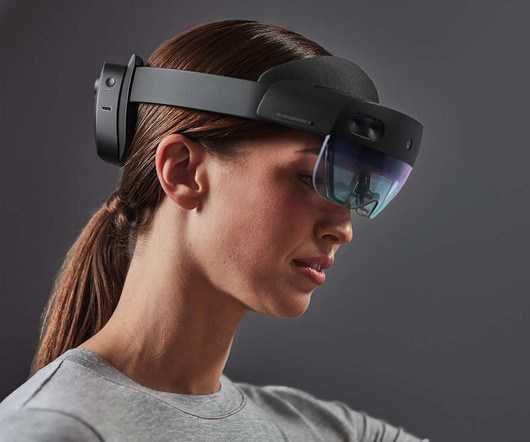
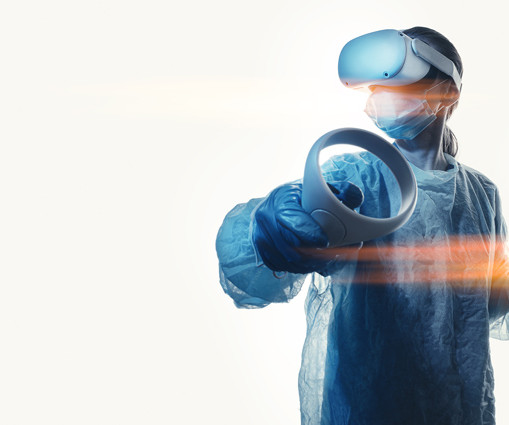
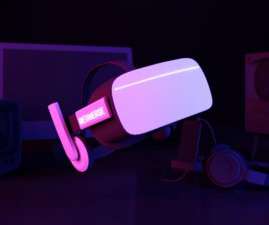

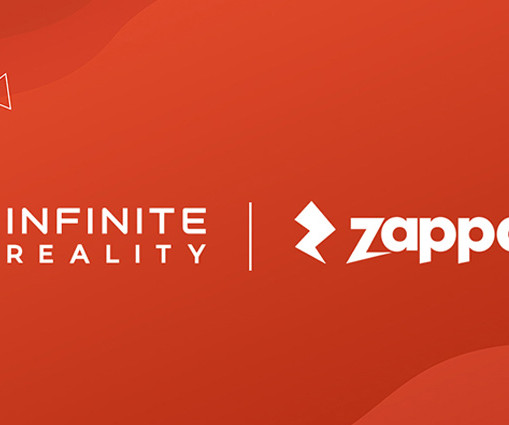

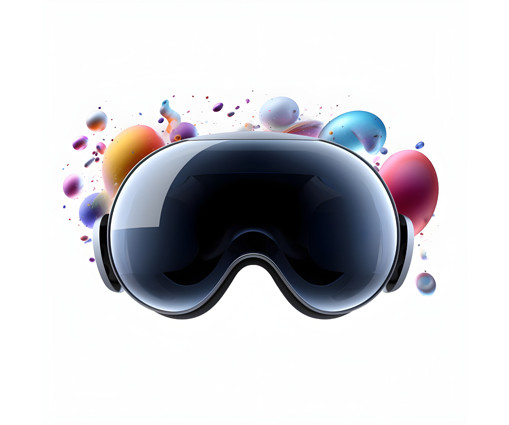
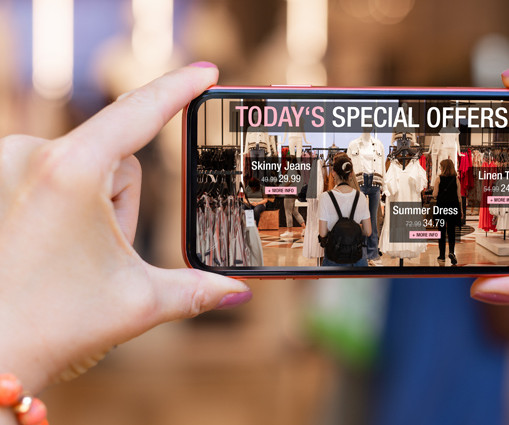
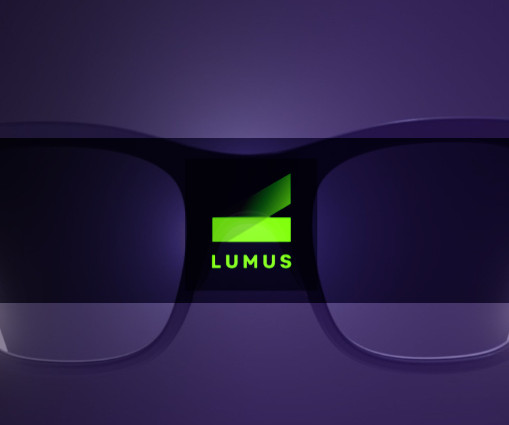
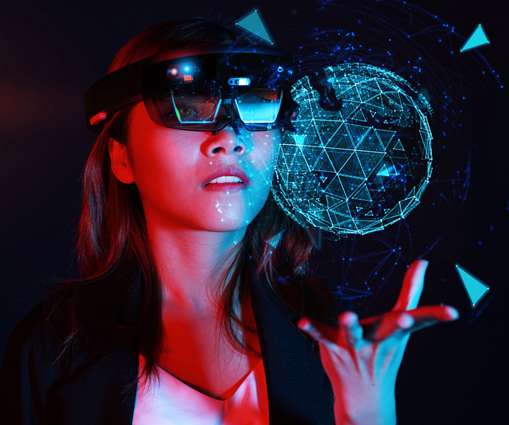

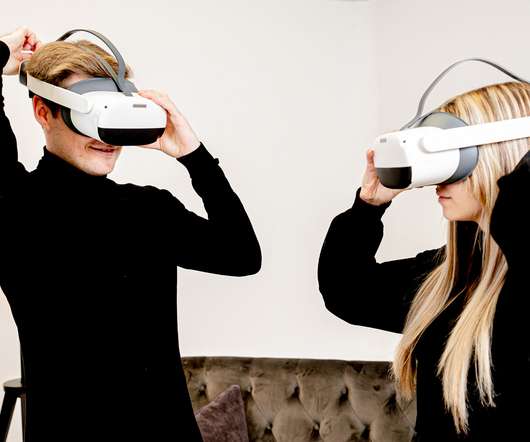






Let's personalize your content